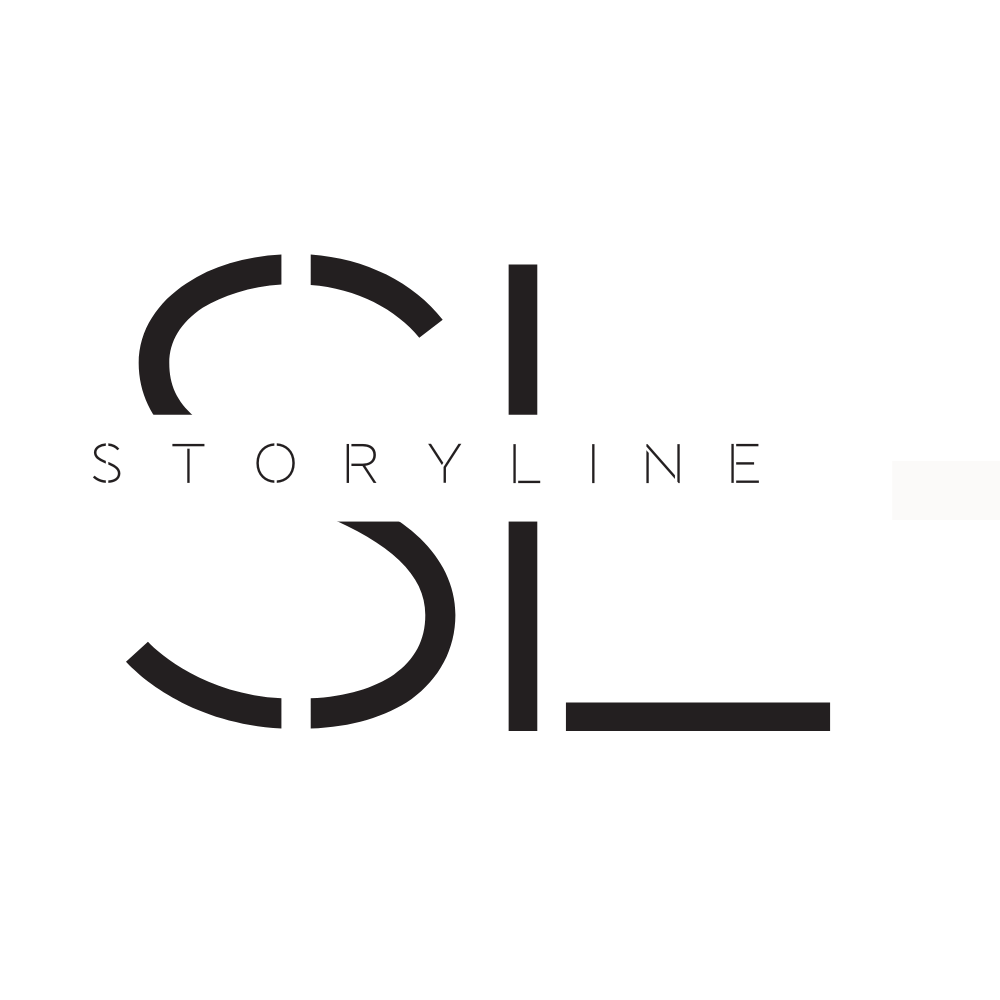What does clean beauty mean for People of Color?
Less than 25% of products marketed to African Americans are clean
-Environmental Working Group
#Become Aware
Stop using personal care products without looking at the labels and researching the ingredients! Now you repeat it louder for the our brothers and sisters in the back! As a person of color growing up in humid ass Alabama, I bought and used whatever products to help me tame my mane. Hot oil treatments & conditioners, products that prevented “my hair from getting frizzy”, and something to “slick my edges down” are still on the top of the list. My point is, we use waaaaay more products than our other sisters of different cultures. Which means we are accumulating toxins in double time. According to a recent EWG Study, dated April 2020, “Over 75% of these products marketed specifically to us are toxic and are disruptors to our natural body system.” Now let that sit and marinate. Black people are often lacking representation in these spaces such as yoga, mindfulness, healthy skincare. It’s time to become aware and be your own clean beauty advocate.
We Don’t Know What We Don’t Know
A study from the Silent Springs Institute found that 80 percent of the 18 tested products (chosen based on customer surveys) contain high levels of chemicals that disrupt the endocrine system, which regulates metabolism, reproduction and more. The product test was broken into six different categories: hot oil treatment, antifrizz/polish, leave-in conditioner, root stimulator, hair lotion and relaxer. The highest number of parabens were found in hair lotions.
Highlights from Research:
Hair products for Black women contained mixtures of endocrine disrupting chemicals.
Hair relaxers for children contained regulated or restricted chemicals.
All tested products contained fragrance chemicals.
Seventy-two percent of products contained parabens and diethyl phthalate.
Eighty-four percent of detected chemicals were not listed on the product label.
5 Ingredients to Avoid:
Sulfates are aggressive detergents made of sulfur-containing mineral salts. They are responsible for the foaming lather we associate with being clean. It’s one of the most commonly used chemicals in our households. The largest side effects sulfates may have is:
irritation to the eyes, skin, or scalp.
dryness by stripping hair and skin of its natural oils.
Parabens are a type of preservative used to prolong shelf life in health and beauty products by preventing the growth of mold and bacteria within them. The concern is, scientific studies suggest that parabens:
can disrupt hormones in the body.
influence fertility and harm reproductive organs.
can affect birth outcomes.
increase the risk of cancer.
can cause skin irritation.
Alcohols like ethanol, isopropyl alcohol, alcohol denat, and methanol are used to make creams feel lighter, help other ingredients penetrate your skin, and can act as a preservative. Doesn’t sound so bad, huh? These alcohols can:
deteriorate your skin’s protective barrier, which means your skin is no longer effective at keeping moisture in, when used in high concentrations.
stimulate oil production in the skin, as a defense, to combat dryness. This leads to breakouts and irritations.
note: Look for safe-to-use ingredients such as cetyl, stearyl, and cetearyl alcohol.
Mineral oils are deceiving. It locks in moisture to heal dry & irritated skin, and makes products feel silky-smooth & luxurious. It's derived from petroleum and does not absorb into the skin—its molecular size is simply too big. As a result, mineral oil remains on the surface of the skin. It clogs pores and suffocates the skin. How can your moisturizer moisturize if it can’t be absorbed? Think about it.
Fragrance, is listed as an ingredient on your product label. WTF does that mean? What ingredients are in this mysterious fragrance? The very best option is to use products that includes natural fragrance and products that clearly define what ingredients makeup their “fragrance”.
According to the Environmental Working Group, the average fragrant contains about 14 secret chemicals that aren’t listed on the label. Many are linked to hormone disruption and allergic reactions. About 80 percent of these unknown ingredients are not being tested for human safety..
Fragrance acts as a loophole on the FDA’s regulation of personal care products. They are considered a trade secret under the Fair Package and Labeling act of 1966, allowing companies to not list ingredients so their formula cannot be replicated easily.
The conclusion? Make an educated decision about what you allow on your skin.
Carefully review the labels of the products you currently have for you and your family. Lookup your current products and future purchases by using the Skin Deep Database developed by the Environmental Working Group or Good Face Index. They provide safety ratings for ingredients and products to see what’s safe. Research for yourself. If you hit a roadblock or need a companion for the road, I'm here for you! Please comment and share if this article was helpful.



